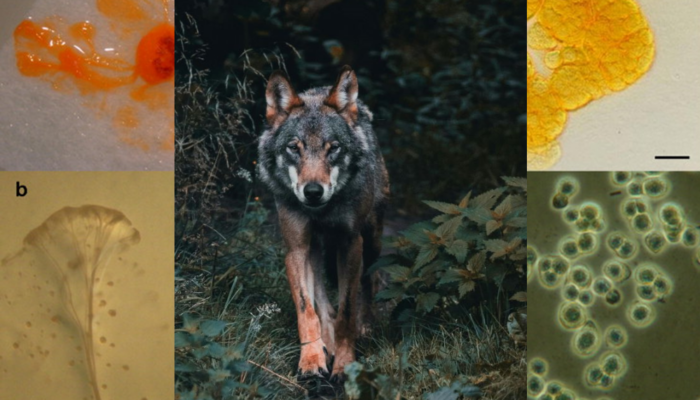Adriano, welcome to GeoTalk! As an Associate Professor of Agricultural Chemistry and Plant Biology, you work a lot on microbiology and chemistry related to soil management. Can you tell us a bit about how your work is relevant for society? Thank you, Chloe! It is a pleasure. My research in soil chemistry and microbiology directly contributes to understanding factors influencing crop yield and qual ...[Read More]
Can our oases outlast the dry spell of desertification?

Ever wondered how fast our planet is losing its footing? Imagine this: every time you blink, four football fields’ worth of fertile soil vanish into thin air. According to the UN, that’s a mind-boggling 100 million hectares gobbled up by land degradation each year! But when this happens in dry regions, it morphs into something even more sinister: desertification. Karina Lima, a climate ...[Read More]
GeoTalk: Meet Dan Evans, the new Early Career Scientist Union Representative!
Hello Dan. Thank you for agreeing to this interview! Before we dig deeper, could you tell our readers about yourself and your career background in soil science? Absolutely, Simon, thank you so much for inviting me to this interview. Well, one of my earliest memories is being in the garden, ripping up the grass to poke my fingers into the soil beneath. That curiosity has fuelled a life-long passion ...[Read More]
Soil bacteria that hunt like a wolfpack? Myxobacteria and their role in the food web

Picture this: bacteria that can slime their way around the soil, finding their prey, circling it, closing in on it and lysing it (or making their cell pop), just to feed on their prey. It sounds like a far stretch from a wolf to a bacteria, but even other soil predators, the comparably huge nematode worms ( up to 100 times bigger!), are afraid of these bacterial “wolves”. I went to the Soil System ...[Read More]


